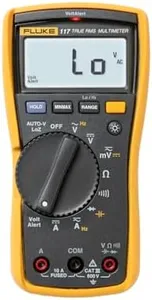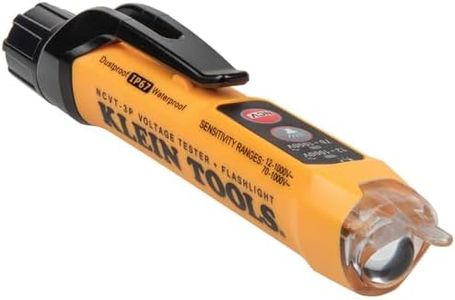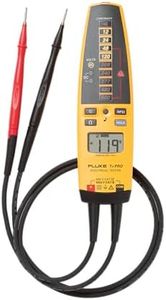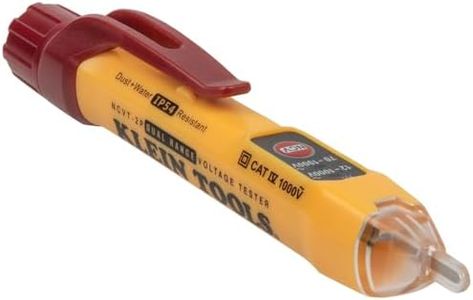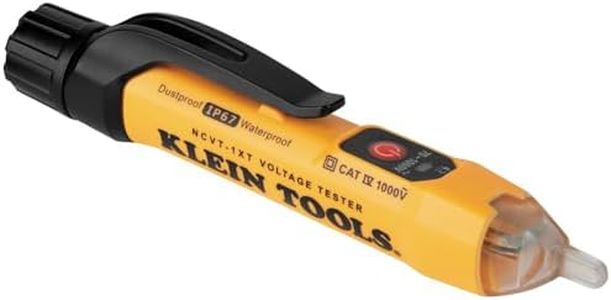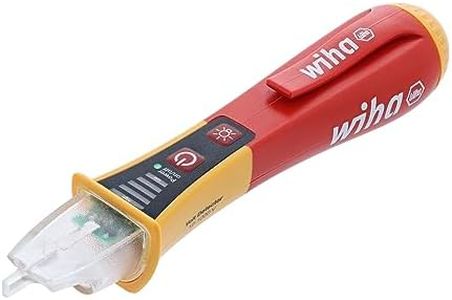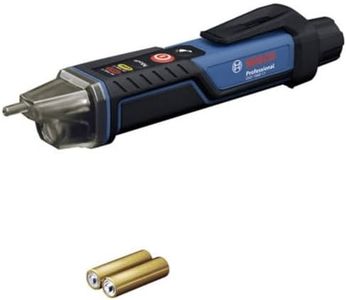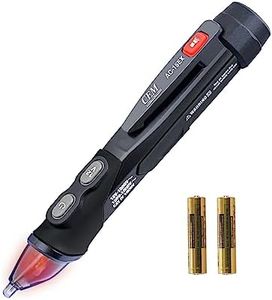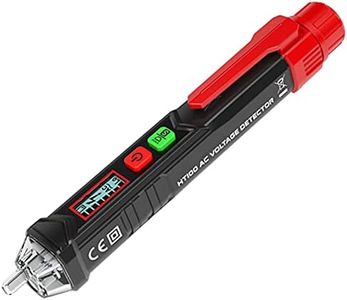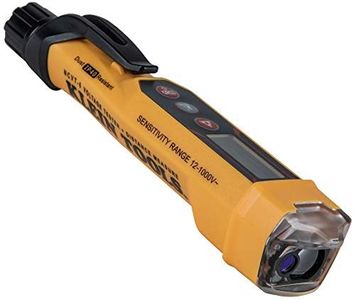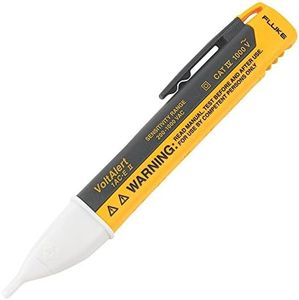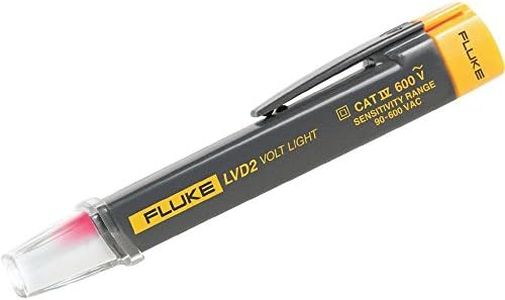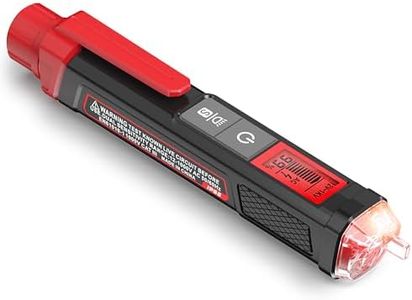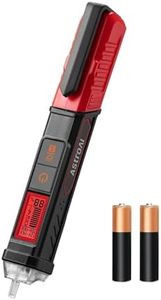We Use CookiesWe use cookies to enhance the security, performance,
functionality and for analytical and promotional activities. By continuing to browse this site you
are agreeing to our privacy policy
10 Best Non Contact Voltage Tester
From leading brands and best sellers available on the web.Buying Guide for the Best Non Contact Voltage Tester
Choosing a non-contact voltage tester can seem overwhelming at first, but focusing on your needs and understanding the main features will help you find the perfect fit. Non-contact voltage testers are handheld devices that help you safely check if a wire, outlet, or device has a live electrical current without having to touch the metal conductors. Think about where, how often, and on what types of electrical systems you'll use your tester—these factors will guide your decision.Voltage Detection RangeThe voltage detection range tells you what voltages the tester can sense, typically shown as minimum and maximum values (for example, 12V–1000V). This is important because different electrical systems operate at different voltages. Lower ranges are good for detecting low-voltage devices like doorbells or thermostats, while higher ranges are needed for standard home wiring or industrial systems. If you only handle household wiring, a tester covering 50V to 1000V is usually enough; for electronics or more sensitive work, you’ll want a tester that can pick up lower voltages as well.
Sensitivity AdjustmentSensitivity adjustment allows you to change how responsive the tester is to nearby voltage, helping you avoid false positives or negatives. Some testers offer a switch or buttons to adjust sensitivity, while others are fixed. If you’re often working in environments with lots of wires close together or near static electricity, a model with adjustable sensitivity helps you be more precise. For simple use around the house, fixed sensitivity is usually fine.
Indicator TypeIndicator type refers to how the tester alerts you when voltage is detected—usually with light, sound, or vibration. Visual indicators use LED lights, while audible alerts beep, and some testers add vibration for extra clarity, which is helpful in noisy environments. If you work in bright or loud places, consider a tester with multiple types of indicators so you won’t miss a warning.
Built-in FlashlightA built-in flashlight illuminates dark areas while you’re testing. This feature isn’t necessary for everyone, but it’s extremely helpful if you’ll be poking around in poorly lit spots like breaker boxes, attics, or behind appliances. You might skip this feature for occasional home use, but regular users often appreciate this convenience.
Auto Shut-offAuto shut-off is a safety and battery-saving feature that turns the tester off after a period of inactivity. This is important if you tend to forget to switch off your tools, as it helps extend battery life and ensures your tester is ready when you need it. Frequent or professional users find this especially useful, while casual users might see it as a nice-to-have.
Durability and Build QualityDurability refers to how well the tester can withstand drops, rough use, or exposure to dust and moisture. If you’re going to carry the tester in your toolbox, use it frequently, or work in tough environments, look for one with a sturdy casing and possibly a water-resistant design. Lightweight or basic testers are fine for infrequent home use where they’re less likely to get banged around.
